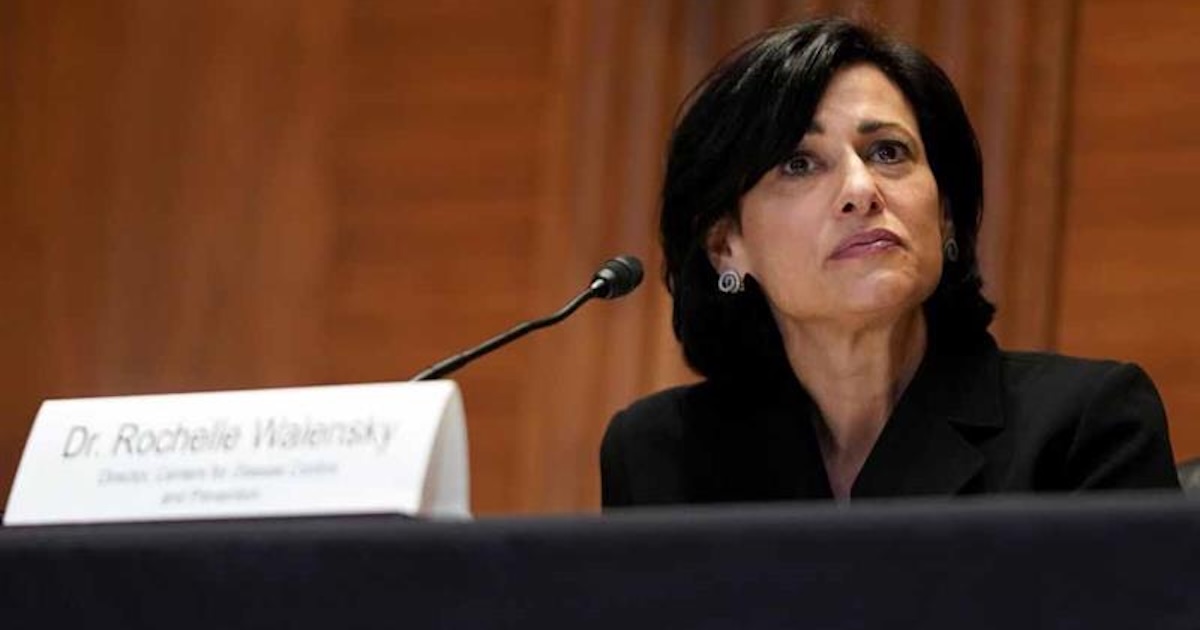How do you make mHealth appealing to the average American consumer? For starters, make sure it involves something other than healthcare.
Healthcare "is a periodic, unwanted purchase," said Douglas Goldstein, a noted speaker and eFuturist, during the second day of the World Congress on mHealth and Telehealth. It has to be tailored to the consumer's everyday needs and wants and made "addictive and fun."
"My fervent belief is that people do not care about their health," added Neal S. Sofian, director of member engagement for Premera Blue Cross, based in the Pacific Northwest. "However, what people do care about is their life."
Thursday's sessions, comprising the second day of the three-day, Boston-based conference, often targeted a prominent issue in the adoption of mHealth and telehealth: Consumer engagement. The development of a healthcare system that delivers care and care management outside the walls of the hospital or clinic has to have buy-in from the consumer, who's going to be using this technology at home and elsewhere many times a day.
And apps alone just aren't going to do it.
"A consumer who downloads 100 apps a year is probably using only four of them" by the end of that year, "and one of them is probably 'Angry Birds,'" noted Lynne A. Dunbrack, program director for IDC Health Insights.
What she, Goldstein, Sofian and others were getting at on Thursday was that the mHealth movement is an ever-evolving landscape with new tools and systems appearing almost every week. They all collect data in one form or another, store it, sort through it and (hopefully) present it in a meaningful way to physicians and other healthcare providers. What they don't necessarily do is make the consumer want to use them on a regular basis. They don't assimilate themselves into one's daily lifestyle.
Sofian and Joseph Kvedar, director of Partners Healthcare's Center for Connected Health, both said that mHealth has to tap into the consumer's addiction for the latest in mobile devices, including the smartphone and tablet. Sofian added that these tools also have to collect the right data and ask the right questions – not only about blood sugar and blood pressure, but about diet, exercise, sleep and moods.
Rose Maljinian, chairman and chief executive officer of HealthCAWS (Combining Accountability With Support), said the consumer has to be at the center of a coordinated healthcare community, not at the bottom, needing to get through layers. She said mobile health solutions that replicate a trip to the doctor's office won't appeal to the consumer because they replicate a trip to the doctor's office, which is rarely enjoyable. What they need to do, she said, is be seamless with daily living and compelling enough to make the consumer want to care about improving one's health.
Goldstein said tomorrow's mHealth tools should take advantage of the latest in consumer electronic trends and be fun and fashionable – but that alone won't make them effective. They need to do what clinicians want them to do, as well.
"The challenge," he said, "is in making them practical."


